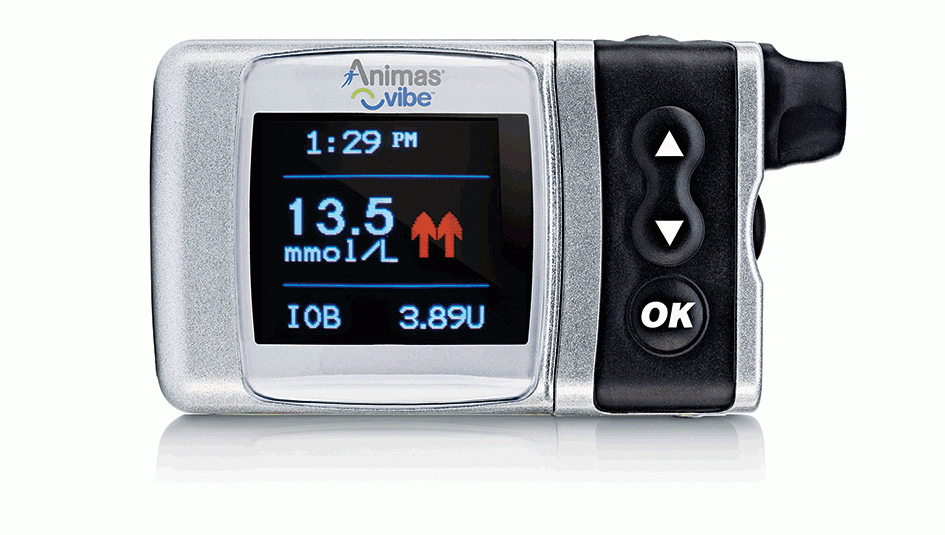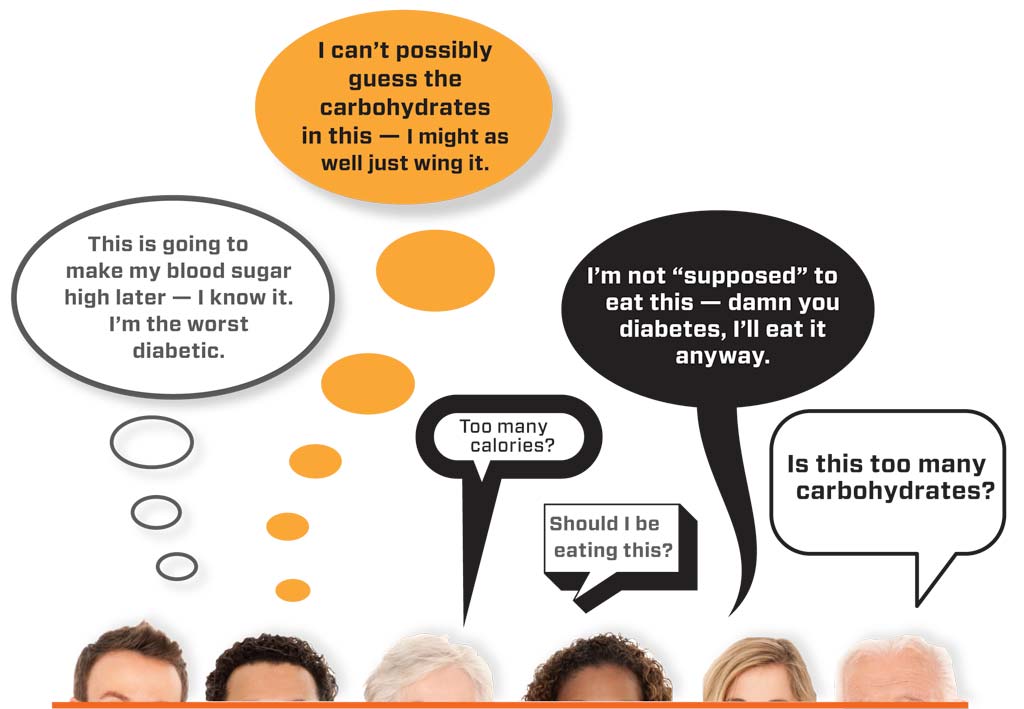Low-Income Kids on Pumps Face Higher Risk of Complications

A child’s socioeconomic status may be able to predict his or her health outcomes on insulin pump therapy, even in a country with universal health care coverage.
A new University of Toronto study seems to demonstrate that Canadian children with Type 1 who are pump users and come from households of lower socioeconomic status might be at an increased risk of diabetic ketoacidosis or other complications than their more well-off peers.
Pediatric physician Dr. Rayzel Shulman of the Hospital of Sick Children, University of Toronto and colleagues set out to study health outcomes of insulin pump use after the provincial government of Ontario began to fund insulin pump access for all people with Type 1. They analyzed data from the Ontario Pediatric Diabetes Network based on a 2012 survey of patient data for the time period between 2006 and 2013; they then divided children studied into five categories based on socioeconomic status.
As expected, insulin pump therapy was generally safe – 70 percent of children on pump therapy had no events over the course of the study. During that time, the rate of DKA was 5.28 events for every 100 person years, with fewer than six deaths.
However, the risk of diabetes complications during that period depended on which of the five categories the children fell into, with the children in most affluent households having the least amount of risk. Overall, children in the lowest socioeconomic category were 1.6 times more likely to go to the emergency room or be admitted to the hospital for diabetes-related complications than their most affluent peers. This health disparity occurred despite the fact that Ontario provides a 24-hour support line available for those affected by Type 1 diabetes.
“Individuals who were more deprived had both a higher risk of DKA and a higher rate of diabetes-related admissions and ED visits, adding evidence to an established body of literature suggesting that lower [socioeconomic status] is associated with disparities in diabetes management and outcomes,” the researchers state.
Researchers didn’t have the data to say for sure why this health disparity happened in this case, but they suggested that one possible explanation could be that 25 percent of the insulin pump cost is not covered by the provincial government. For lower-income families, this extra expense, about 800 Canadian dollars annually, might be too much. They then might forgo supplies like test strips to make their budgets stretch.
If this is the case, such a study might strengthen the argument of diabetes advocates that financial assistance for diabetes self-care supplies might lead to better health outcomes.
The findings were published in BMJ Open Diabetes Research & Care.
Thanks for reading this Insulin Nation article. Want more Type 1 news? Subscribe here.
Have Type 2 diabetes or know someone who does? Try Type 2 Nation, our sister publication.







